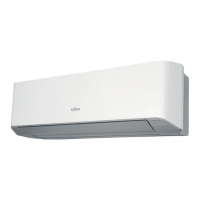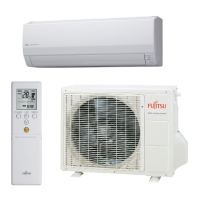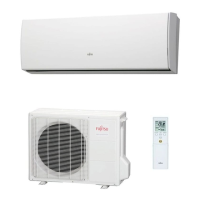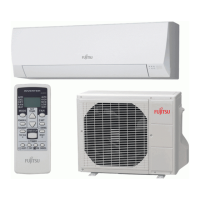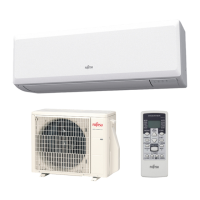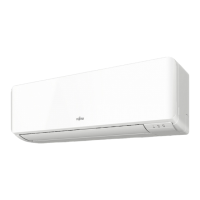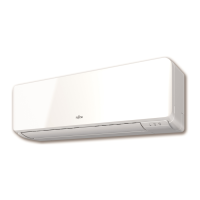6. SYSTEM DESIGN
[Installation precautions]
Contents Countermeasures (Reference)
When
installation
environment is
quiet
When the wall mounting type is installed in a
bedroom, living room, or other quiet place, the
sound o the rerigerant ow a be sensed
as noise and must be taken into accunt.
1) Plan installation of a model
with external expansion
valve.
2) Plan installation of a branch
box farther from indoor
unit.
3) Plan installation using
another air conditioner.
When
installing duct
type in ceiling
chamber
system
In the case of the ceiling chamber system
(duct is not installed at indoor unit inlet
side and room air is sucked into the indoor
unit through the inside of the ceiling), the
thermistor inside the indoor unit may not
correctly detect the room temperature.
Heating operation: Room is not heated
because the indoor unit is easily turned off by
the thermostat.
Cooling operation: Room is too cold because
the indoor unit is dicut to turn o b the
thermostat.
1) Replace the indoor unit
thermistor with a Remote
sensor unit (optional
parts) and install the
sensor where the room
temperature can be
correctly detected
When the
outlet air is
sucked in at
duct type
Cooling operation does not cool the room
and heating operation does not heat the room
because the short circuited indoor unit is not
turned on by the thermostat.
1) Reconsider the ventilation
port construction
2) Replace the indoor unit
thermistor with a Remote
sensor unit (optional
parts) and install the
sensor where the room
temperature can be
correctly detected.
When using
the wireless
remote
controller
Signals may not be received when using it in
a roo iuinated b an inerter uorescent
lamp.
urn on the uorescent
lamp and check if the
indoor unit receives the
signals from the remote
controller.
If the indoor unit does
notreceive the signals,
consult an authorized
service personnel.
When
installing the
inverter type
It may generate noise in TV sets, stereos and
PCs.
1) The inverter type should
be instaed at a sucient
distance from these
equipments.
- (06 - 153) -
SYSTEM
DESIGN
SYSTEM
DESIGN
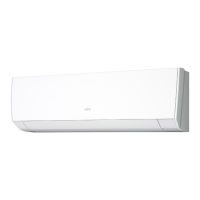
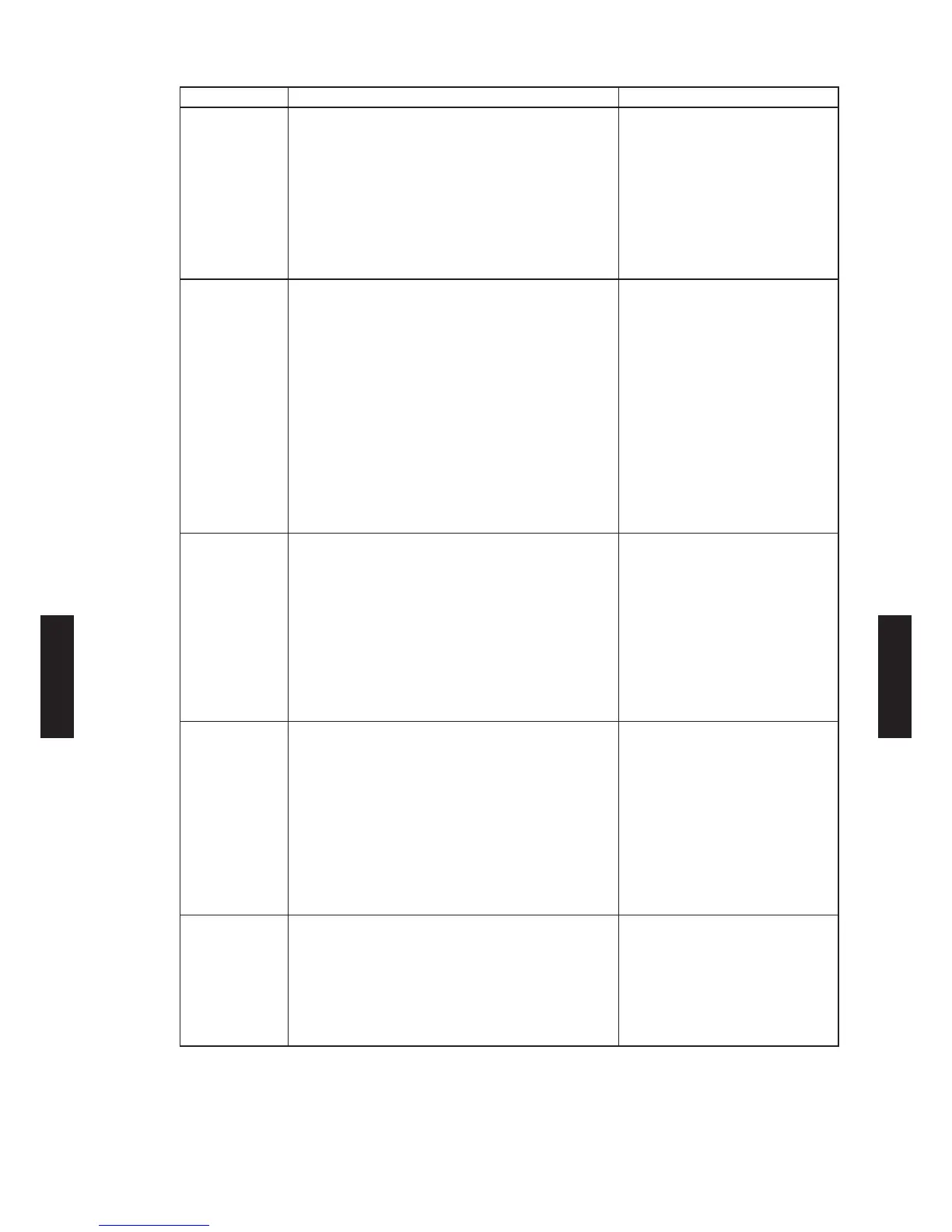